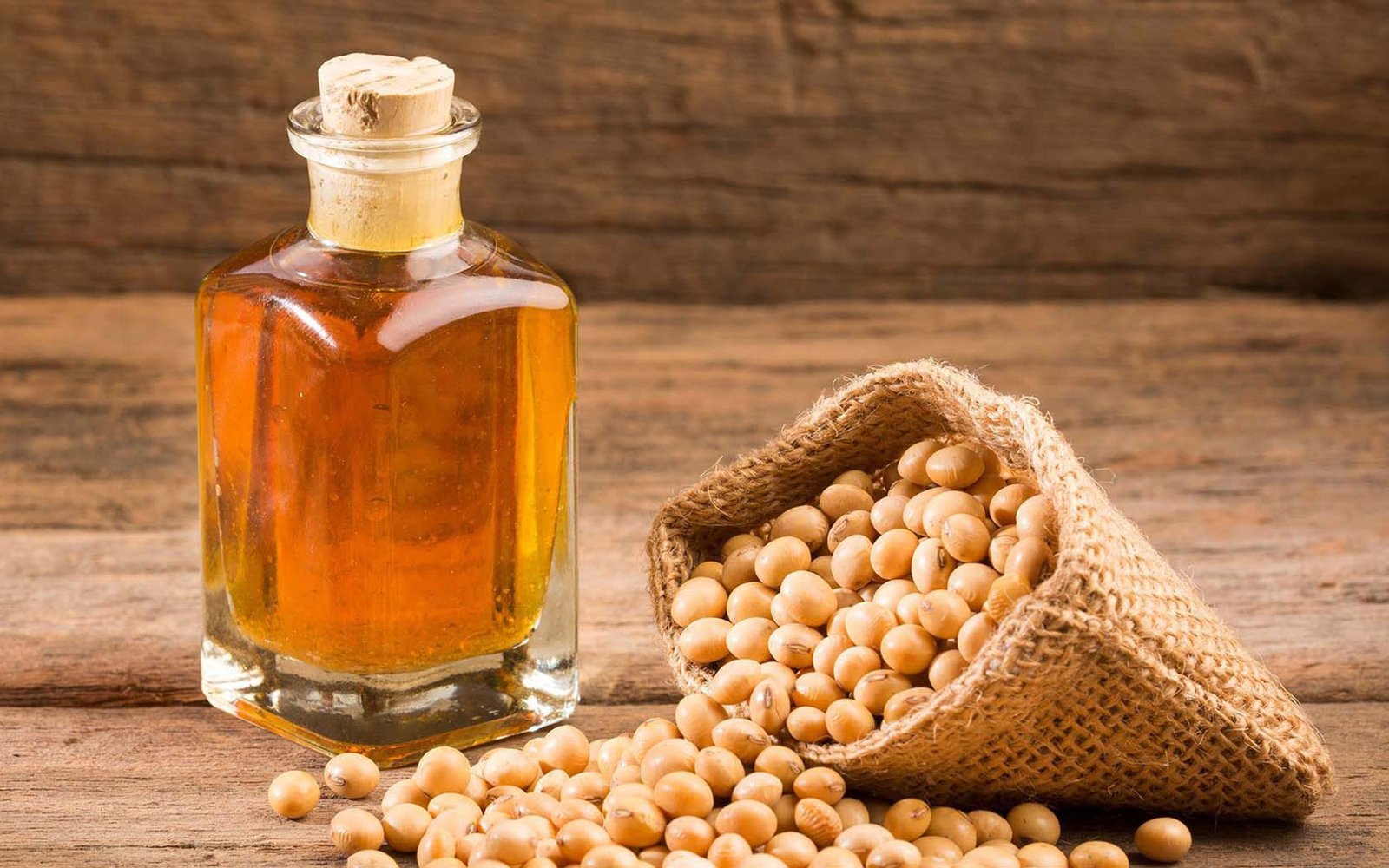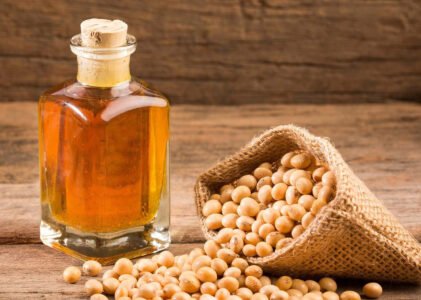It is a food supplement concentrated energy, suitable to be used in balanced foods, incorporating high degree of energy, phospholipids, antioxidants, and vitamin E, which favors the digestibility and conservation of oil during storage.
The objective of this process is the elimination of the phosphatides and glycolipids that are extracted from the seeds dissolved with the oil. Without this refinement, triglycerides are more easily altered and acquire unpleasant flavors and odors, just as other mishaps can also occur such as decanting in storage tanks, increased susceptibility to oxidation and foaming during heating.
The oil is transferred to a high-speed centrifugal pump, where the phosphatides and excess water are separated from the degummed oil. In this way, phosphatides are dehydrated, and the oil contains other lipids and impurities from which lecithins are obtained. It can be treated with peroxides to obtain clearer products.
It is obtained by means of extrusion and double cold pressing processes. Its presentation is transparent reddish yellow, and its marketing is in bulk.
Oil degassing is the first step taken at an oil refinery plant. It can be done in two different ways: by hydration or special.
- By hydration it consists of adding hot water since some impurities such as phospholipids, gums and proteins are soluble in oil but insoluble in water. Thus, impurities can be separated. Once dried, the separate gum can be made into lecithin or added in the form of cake. Similarly, this process favors its role as an edible oil and its storage.
- The special degomate consists in treating the oil with water or steam so that the phosphatides are hydrated and precipitated when they become insoluble in the fat phase. It is made in tanks that have an agitator that can incorporate water (approximately 2%) at a temperature of 70ºC.
It is used both for direct human consumption, fats and margarines, as an animal, in balanced foods as a source of energy. It is also used in the chemical industry, paints, agrochemicals and fertilizers, soaps, plastics, and glues.


